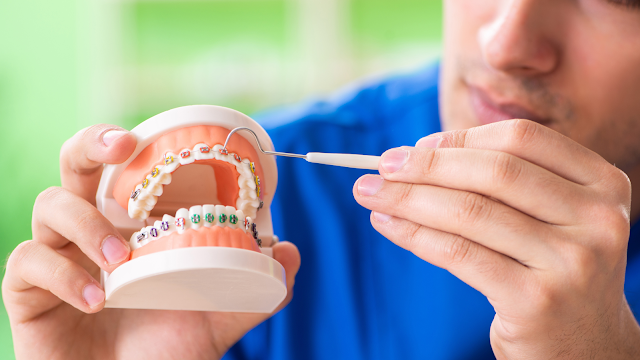Full Mouth Dental Implants Surgery- Types and Procedure
Introduction
Full Mouth Dental Implant is one of the most sought-after and successful methods to replace missing teeth, Dental Implants help to reclaim the natural function of the teeth by replacing the natural roots in the gum and adding a crown on top.
The problem of losing a whole arch or several teeth in the mouth is faced by quite a many adults.
But as opposed to a few years back, when the only treatment for this problem was full-removable dentures which could be cumbersome, there is a very viable option available for restoration of the tooth loss on the whole arch.
Whereas dental implants are a decent choice for one or two missing teeth, the issue of all or most of the teeth missing can be resolved by an ingenious solution known as ‘Full Mouth Dental Implants’ which is a permanent restoration for missing teeth that can help to not only attain a natural look but also a sparkling, confident smile, providing a lasting solution, safer and more comfortable solution for full-arch tooth loss.
What Are Full Mouth Dental Implants and How Do They Work?
Full Mouth implants are a permanent remedy for people who have several teeth missing or have experienced a full-arch loss.
They along with providing a natural smile also conserve the gums and jaw bone structure and are relatively the same as the single-tooth implants.
The dentists fixed four to eight implants per row of teeth in the gum to uphold the tooth. Taking the place of the roots the implants blend with the jawbones.
A set of replacement teeth is then placed on the implants after they have healed. A dental bridge or custom-made dentures can both be placed as restoration teeth on these anchors.
Also Read: Dental Implants Surgery: Benefits and Types
Types of Full Mouth Dental Implants
Full mouth dental implants may use between 2 to 6 dental implants to support the full-arch and they can be of several types like:
- All-on-4 Full: This type utilizes four dental implants for every column of the teeth with two straight and two angled implants put to support the crowns. Fixing the replacement teeth on the implants completes the process.




Comments
Post a Comment